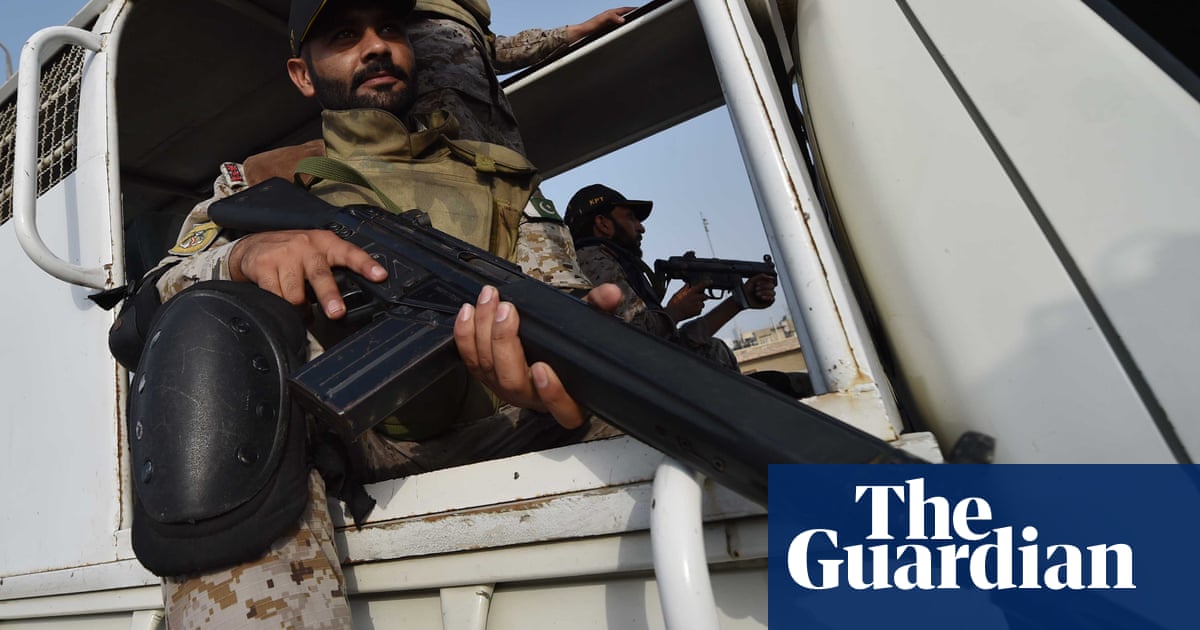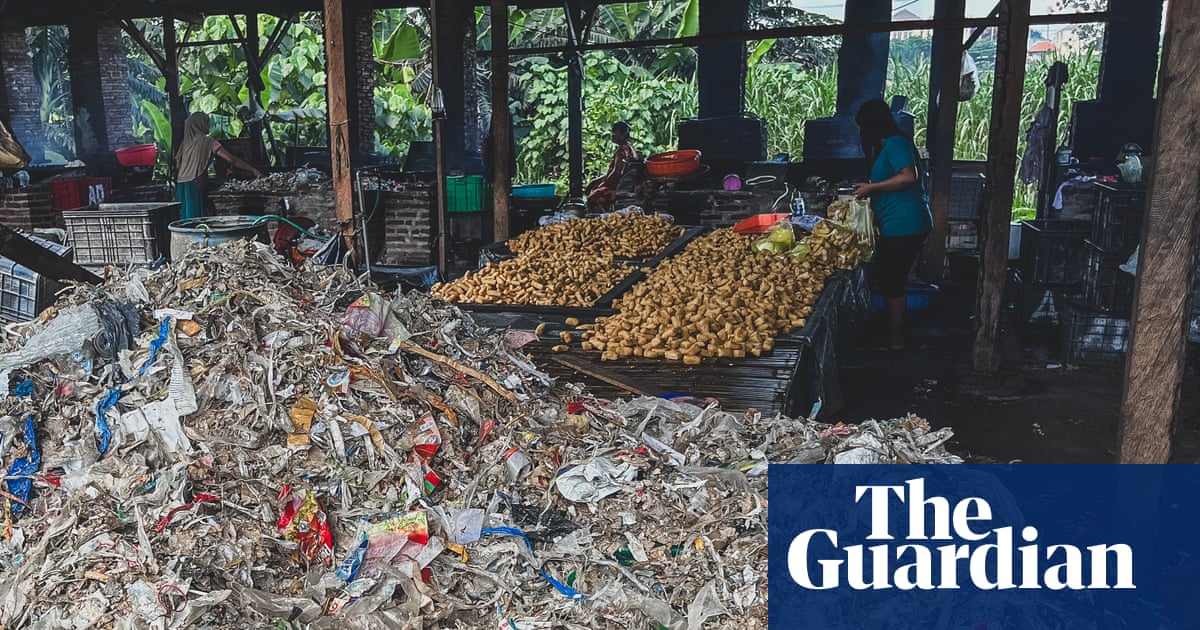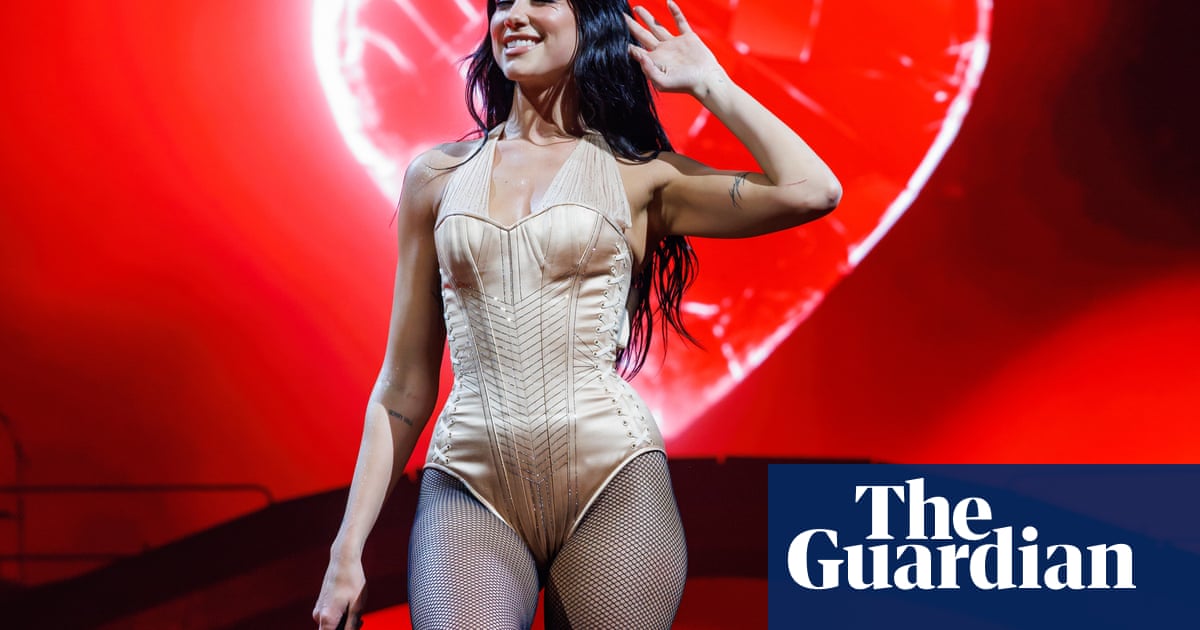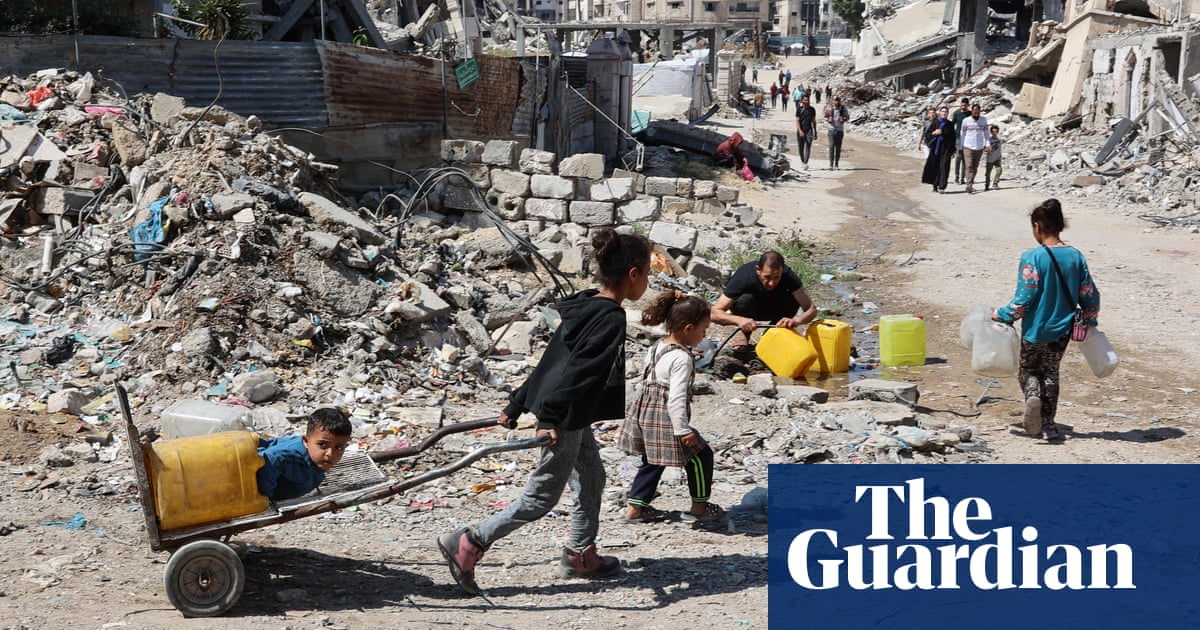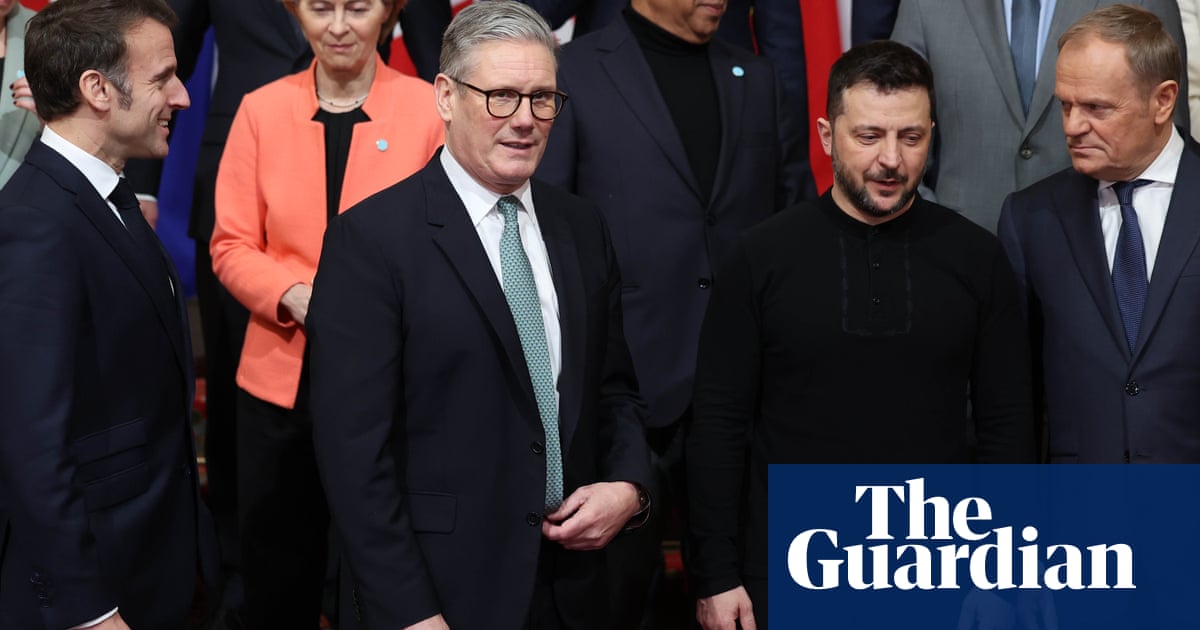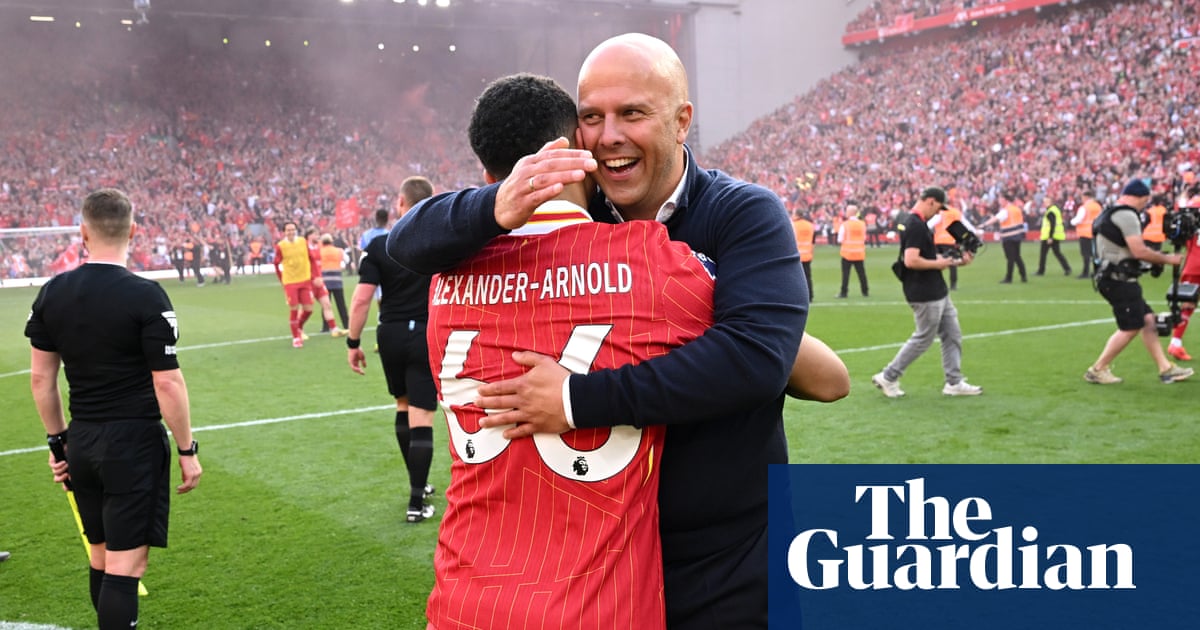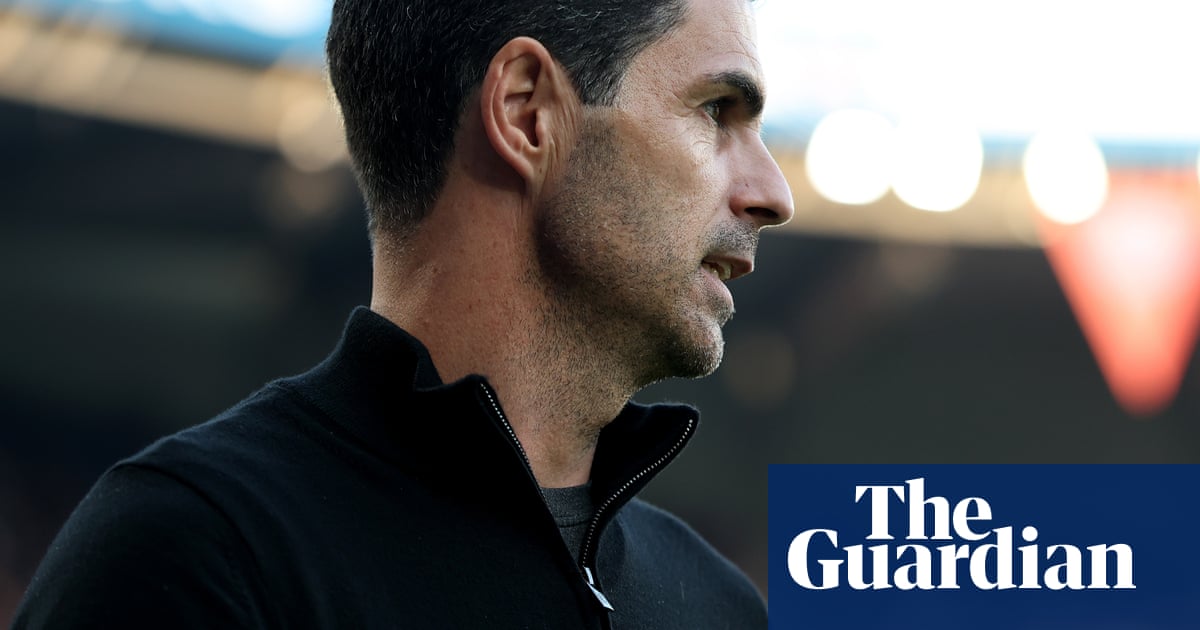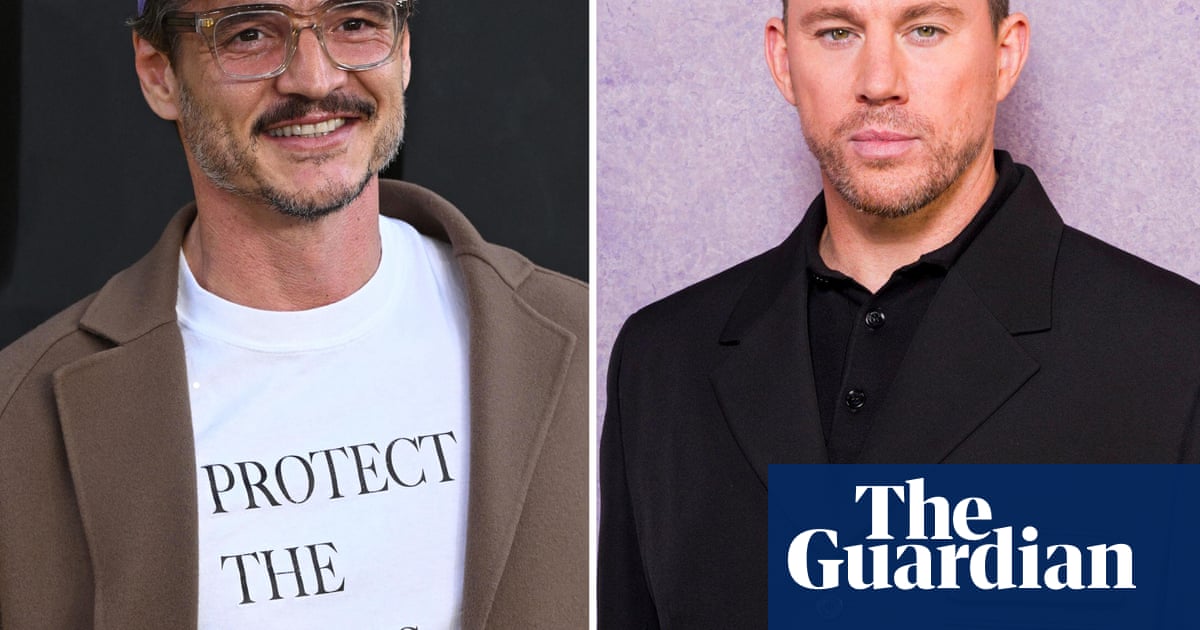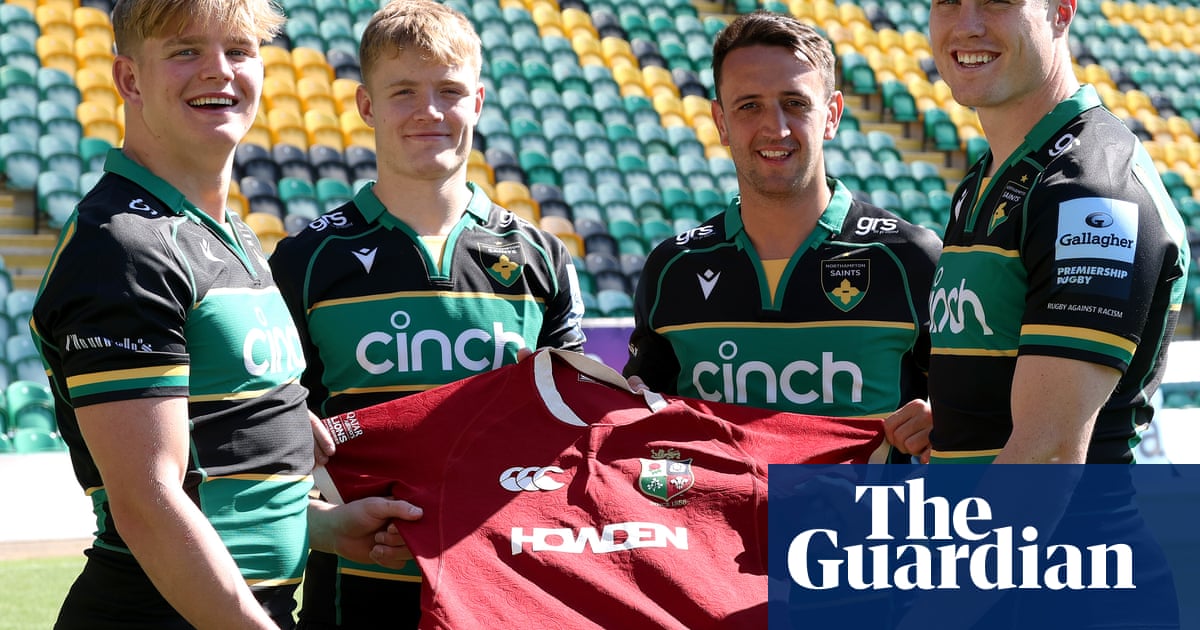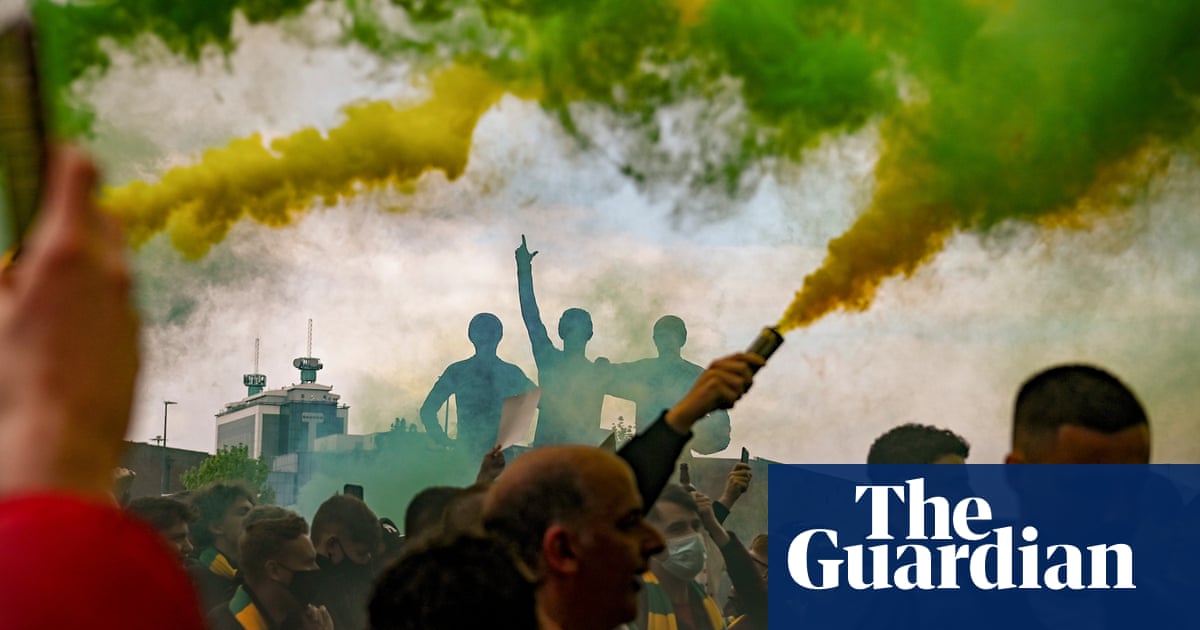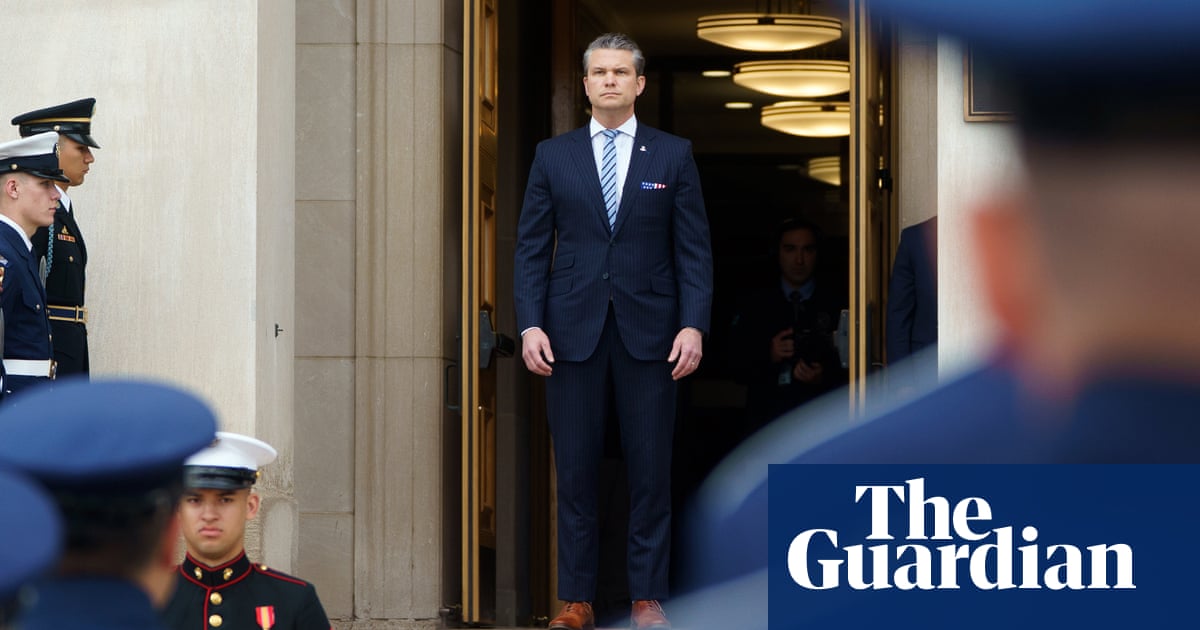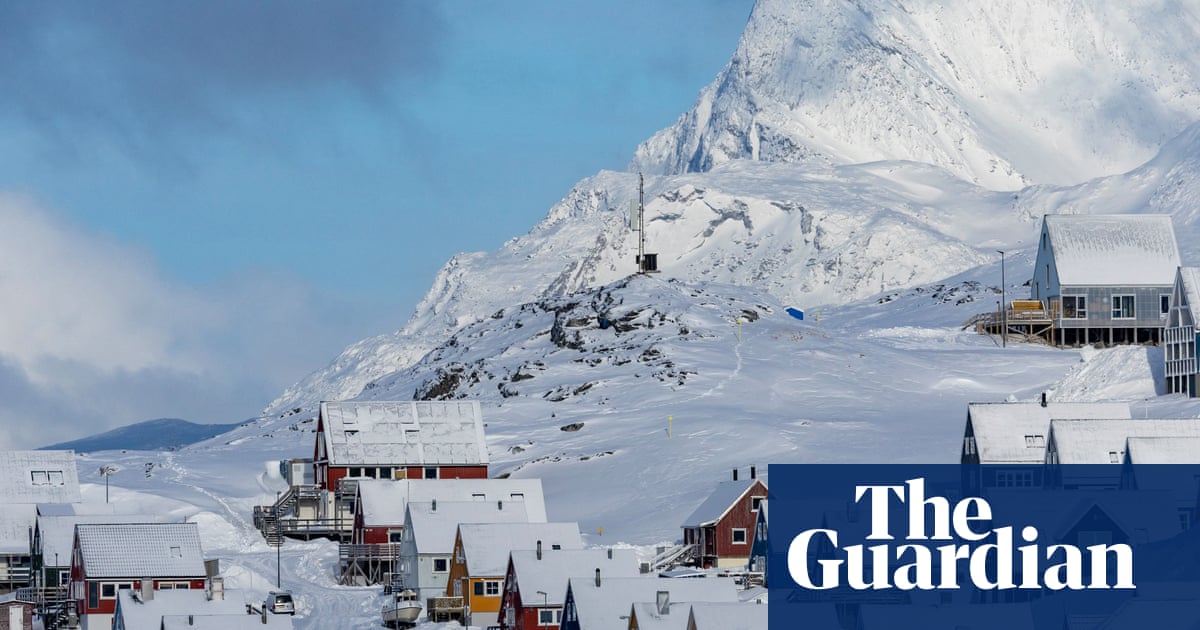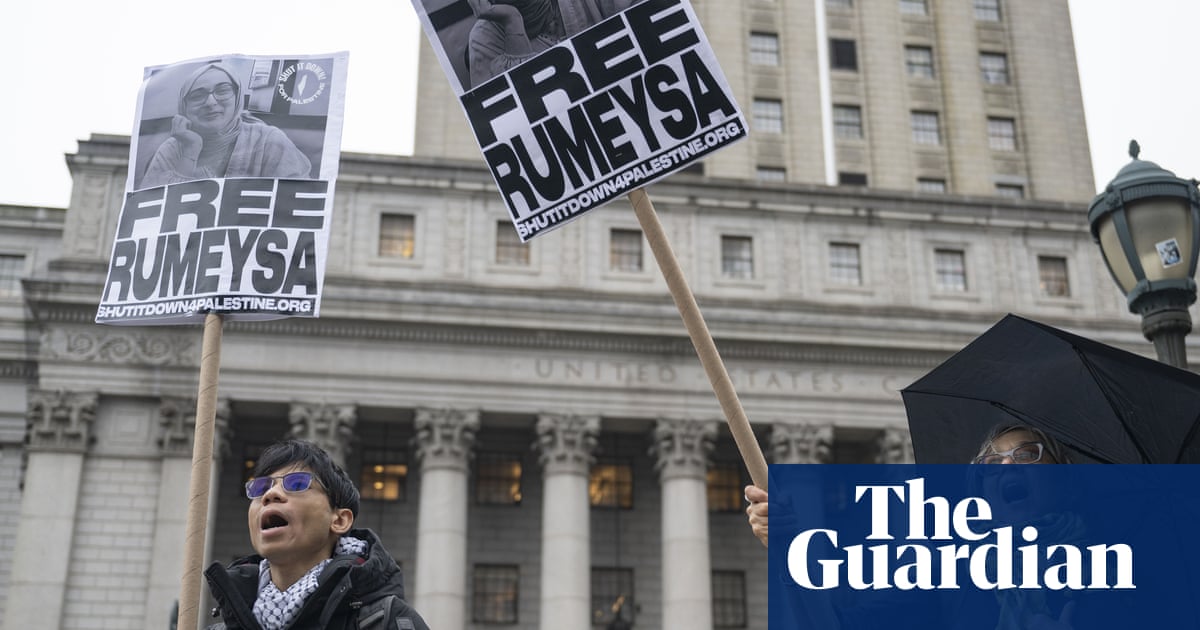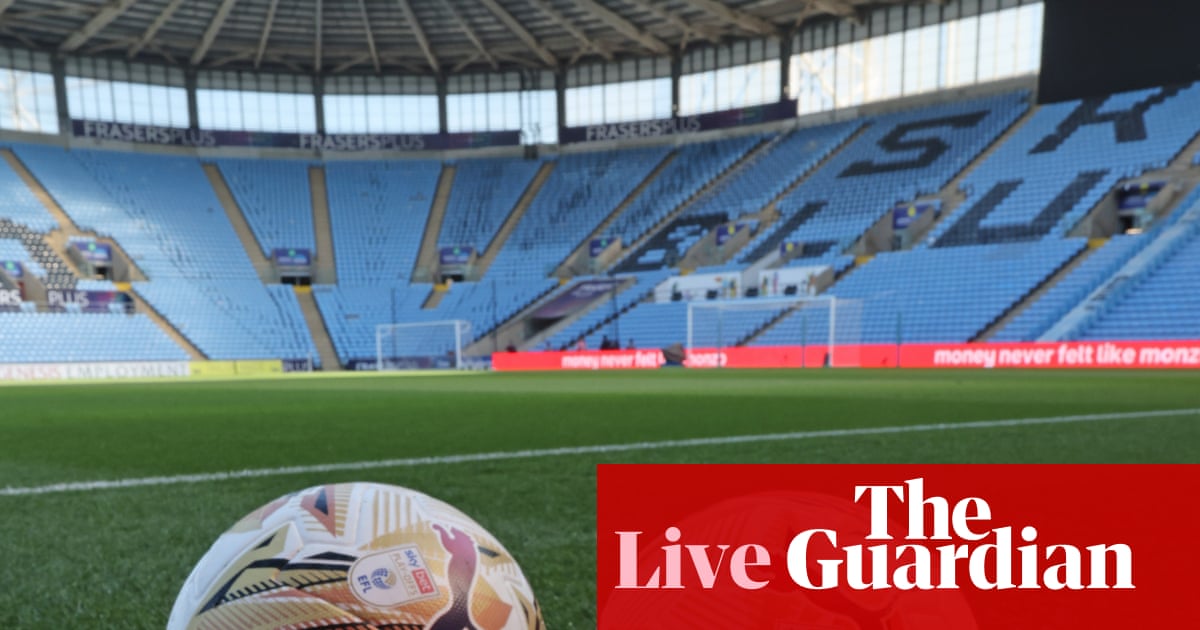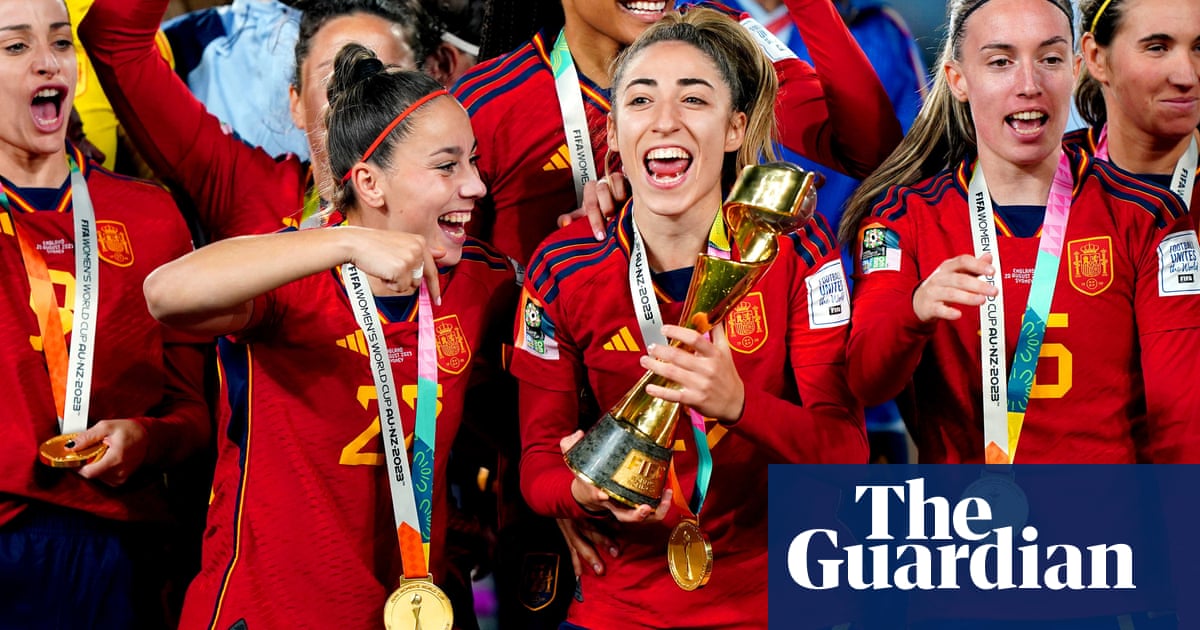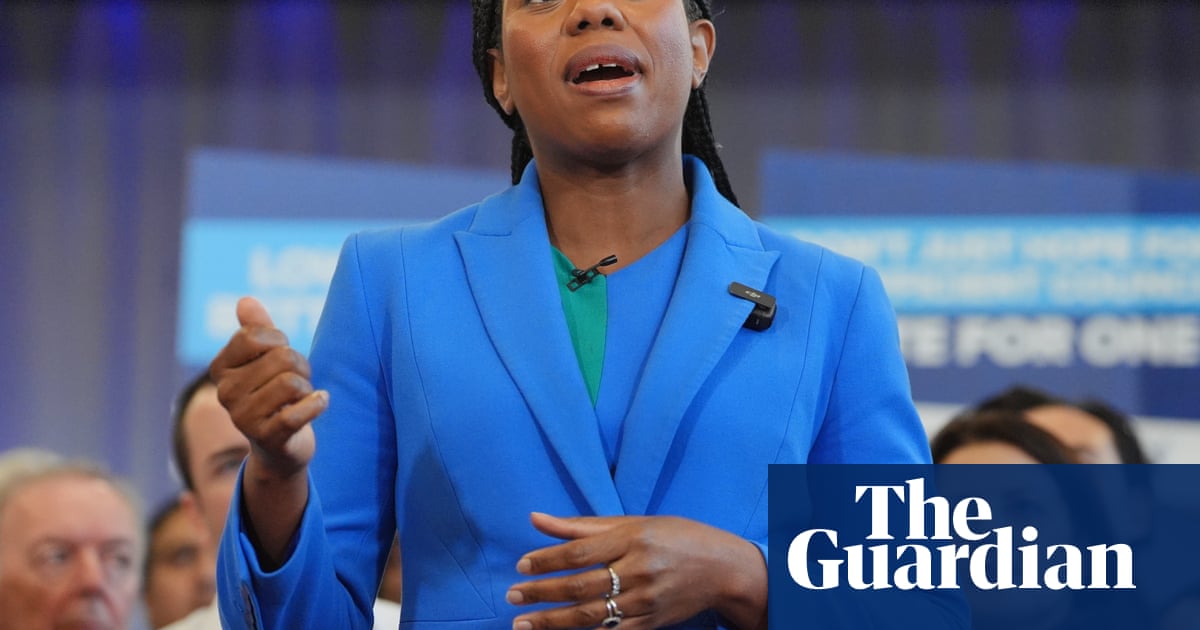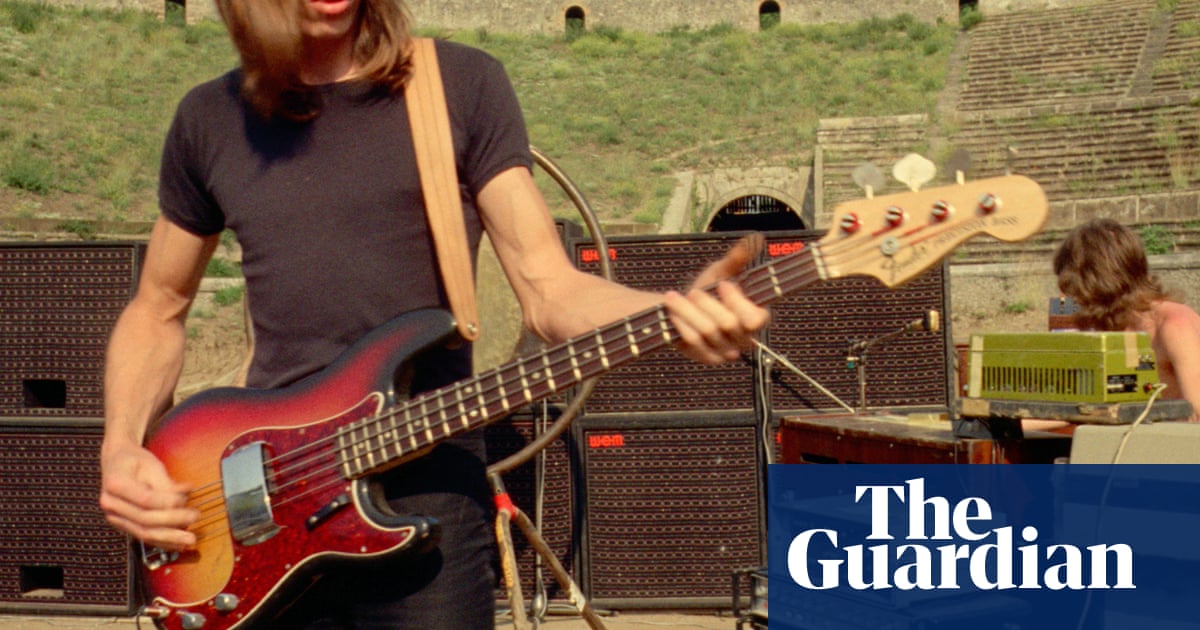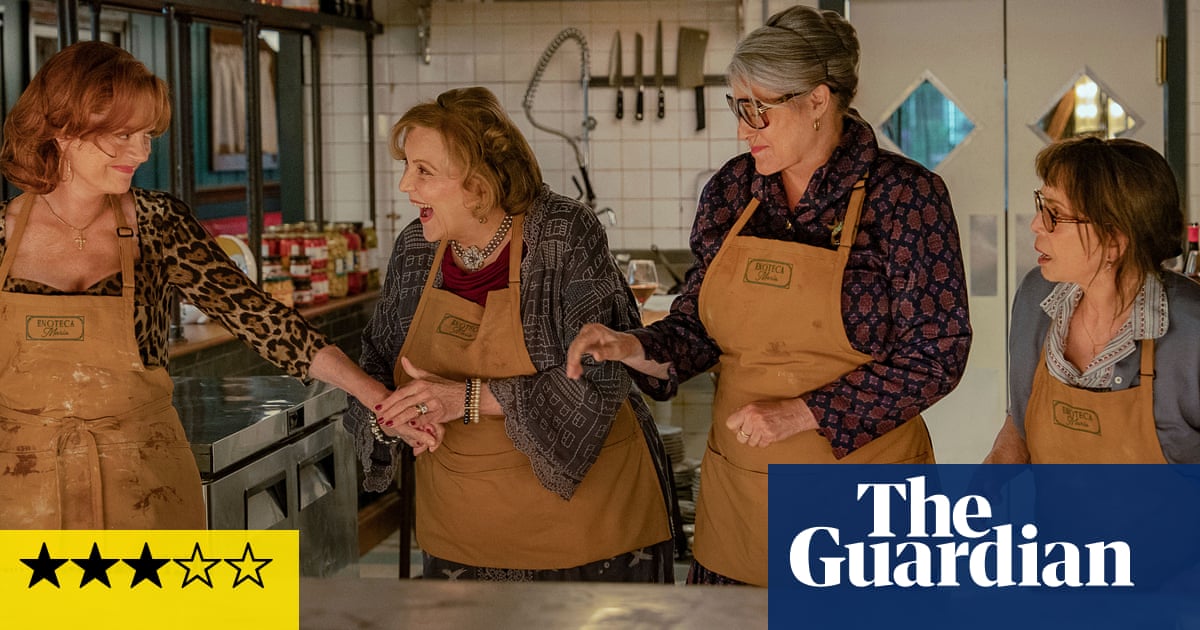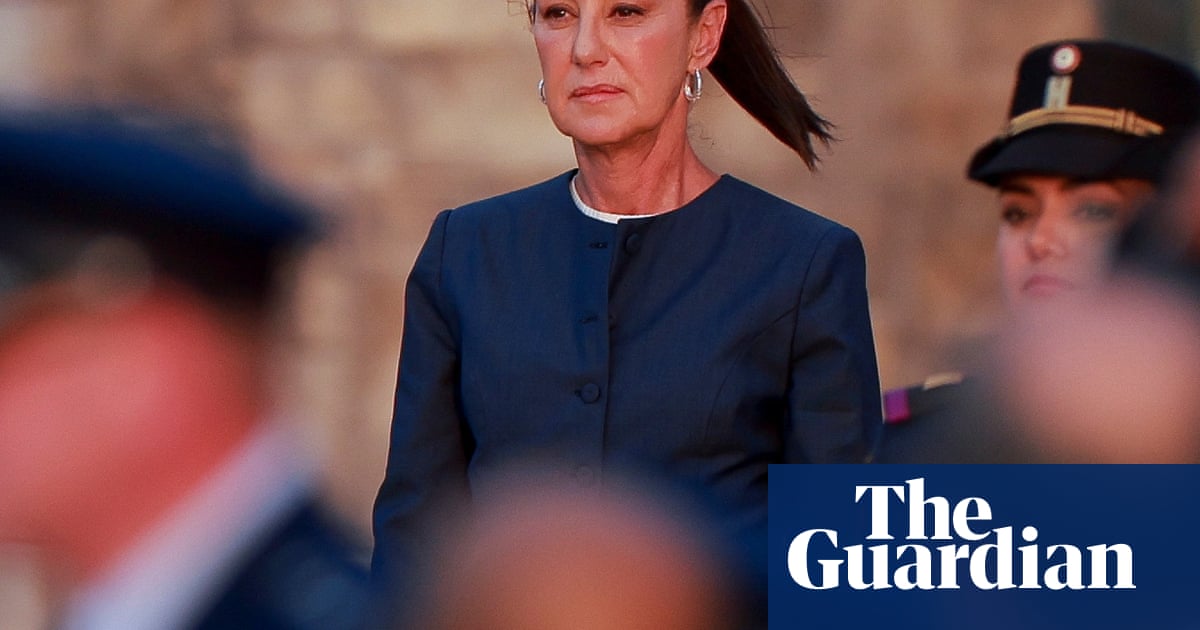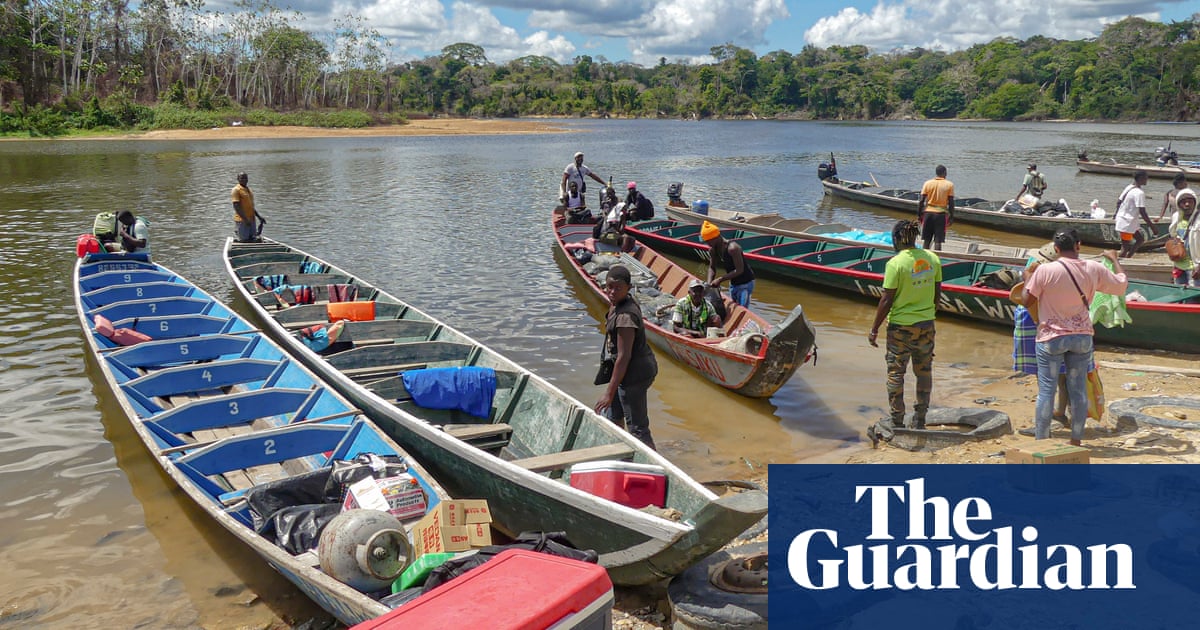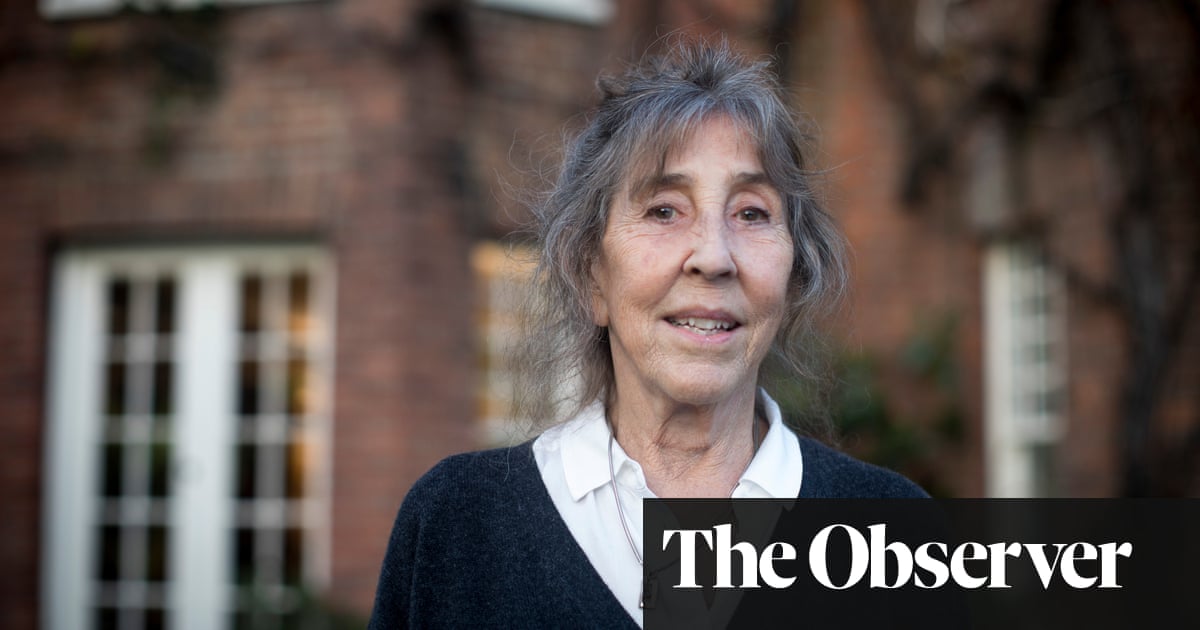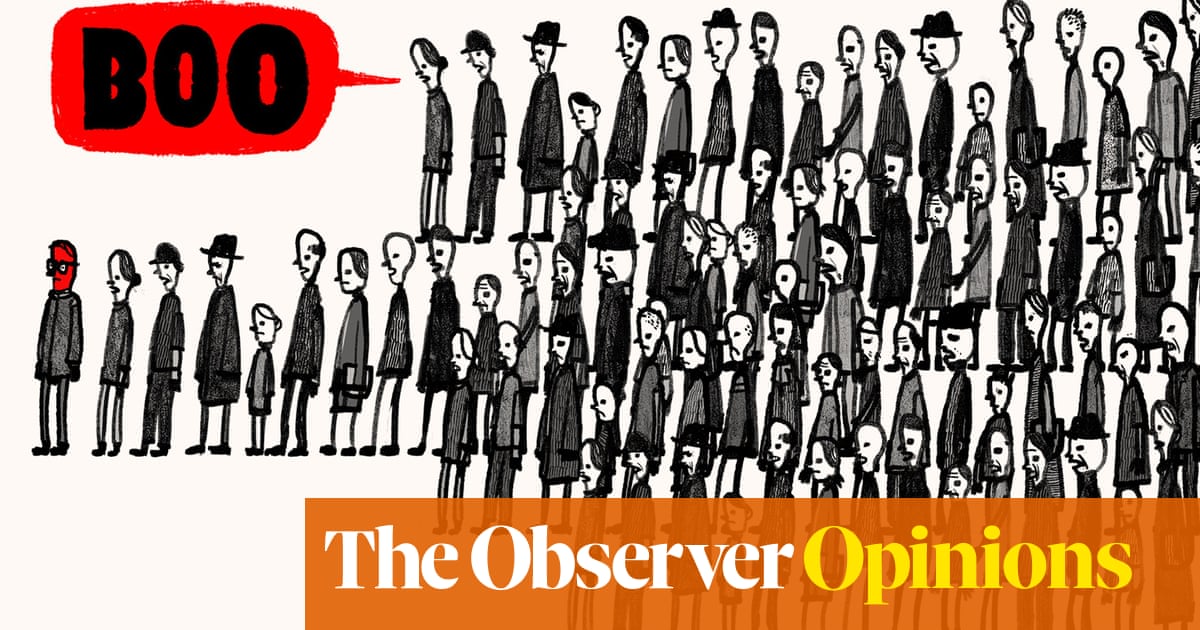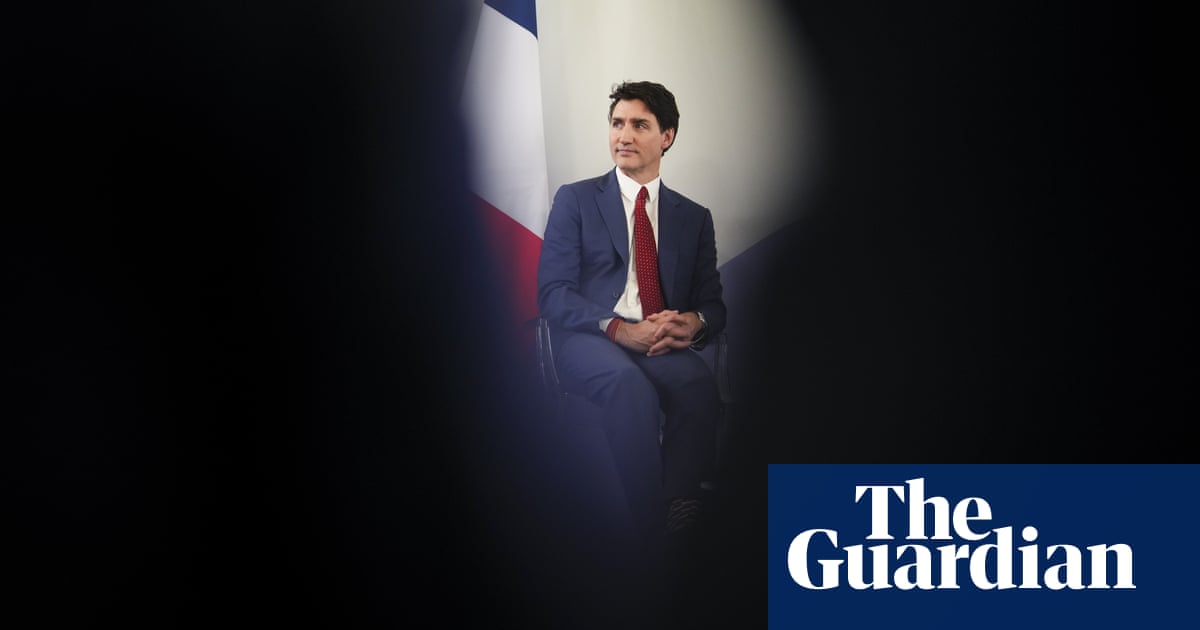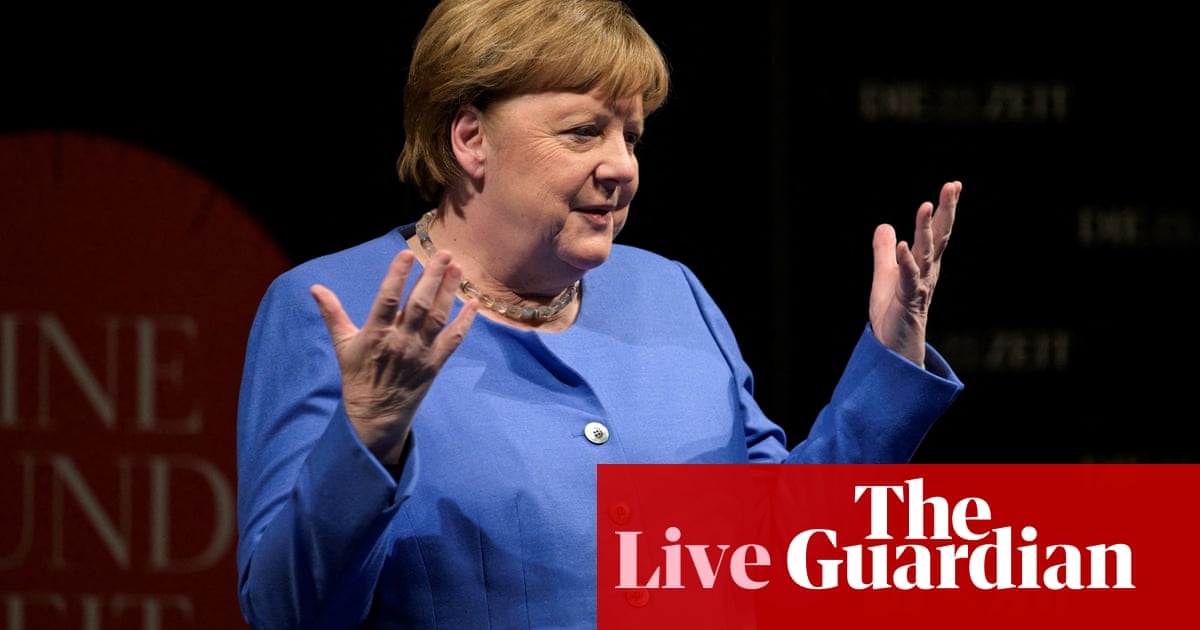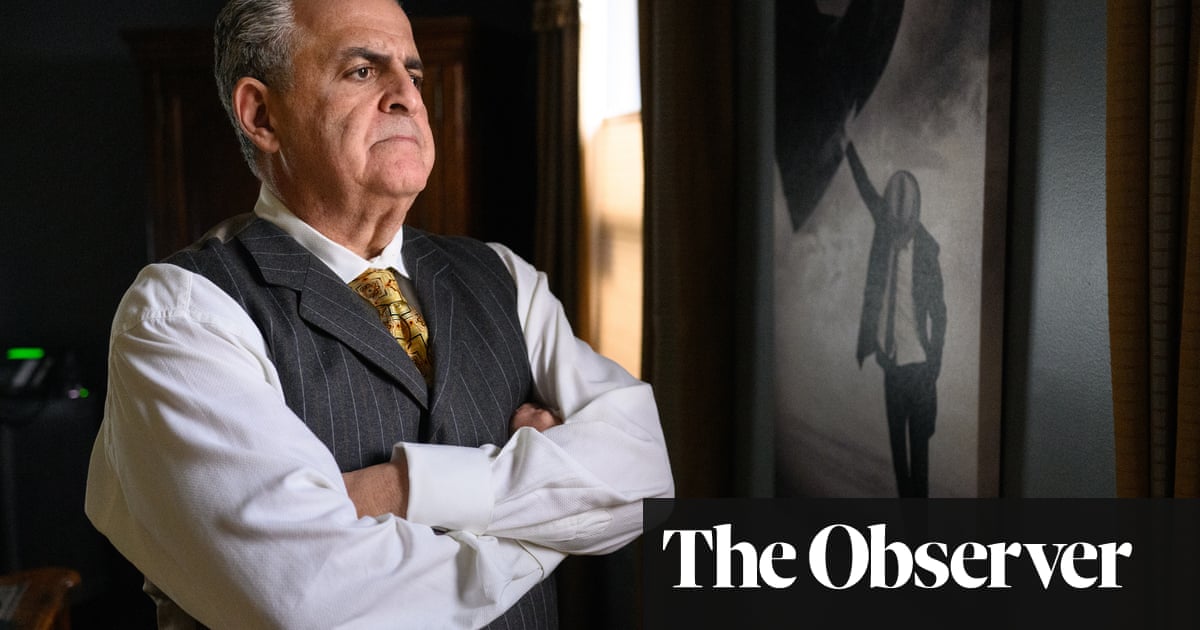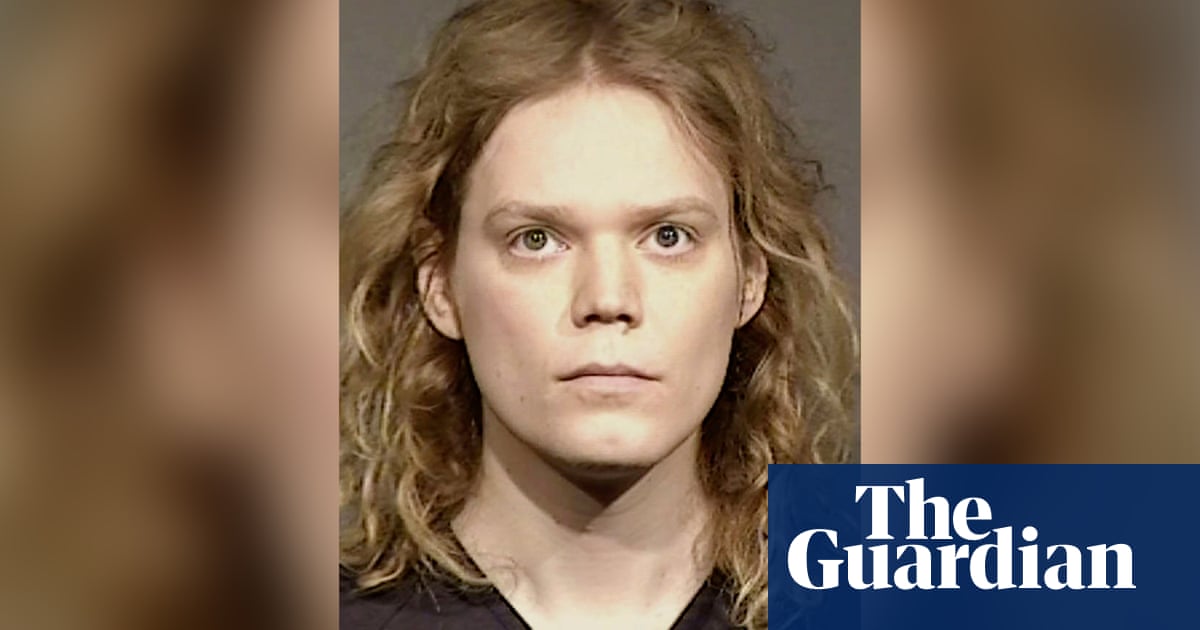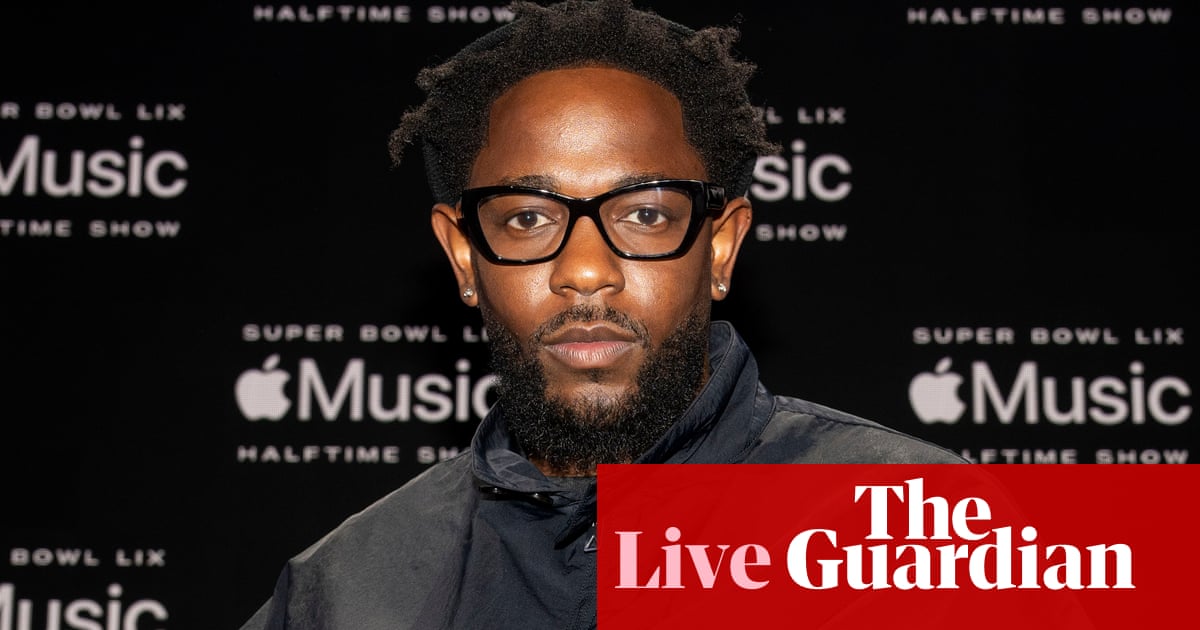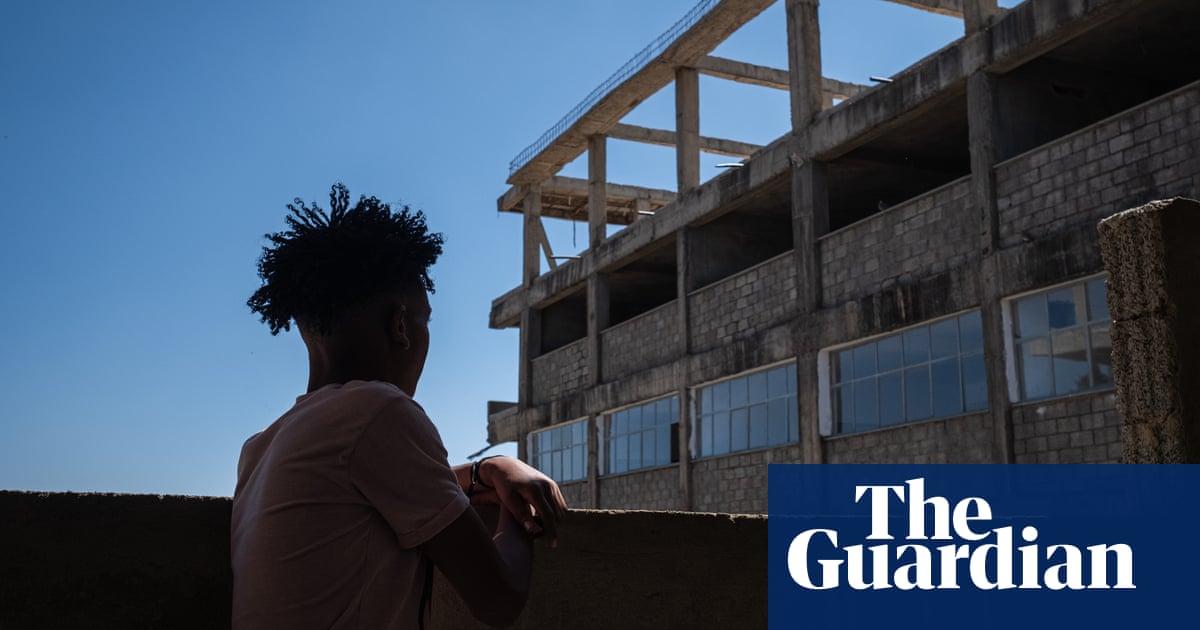Russian troops fighting in Ukraine have marched together with Chinese forces on Moscow’s Red Square to mark the 80th anniversary of Nazi Germany’s defeat, in a Victory Day celebration marked by greater spectacle than in recent years.
After several scaled-back Victory Days – with reduced military displays and few foreign guests – Vladimir Putin on Friday addressed the largest parade since his 2022 full-scale invasion of Ukraine. “The Soviet Union took upon itself the most ferocious, merciless blows of the enemy,” the Russian president said of the victory over Nazi Germany, before turning to his invasion of Ukraine.
“Truth and justice are on our side. The entire country, society and people support the participants of the special military operation,” Putin said, using the Kremlin’s preferred term to describe the war.
While Putin was presiding over the parade, EU foreign ministers as well as Britain’s David Lammy travelled to Lviv in Ukraine where they announced the establishment of a tribunal for Russian war crimes. “Russia’s aggression cannot go unpunished and therefore establishing this tribunal is extremely important,” the EU’s top diplomat, Kaja Kallas, said during the visit.
Ukraine’s president, Volodymyr Zelenskyy, said he expected European leaders to visit Kyiv on Saturday, while a meeting of European allies in Oslo said they supported an unconditional 30-day ceasefire in the war in Ukraine, something to which Moscow has been reluctant to agree.
Moscow welcomed the highest number of foreign heads to attend the annual military parade since 2015 – at least 27 – including the leaders of Brazil, Slovakia and Serbia, with Moscow presenting the turnout as proof that it is not isolated, even four years into its war in Ukraine.
Other guests who flew in included leaders from fellow autocracies and pariah regimes, such as the military juntas from Myanmar and Burkina Faso.
Putin also thanked a visiting North Korean military delegation – a signal of deepening ties and new geopolitical realities, following recent admissions from both sides that North Korean troops have been fighting alongside Russian forces in Ukraine.

Presiding over the parade, Putin sat beside the Chinese leader, Xi Jinping, and was seen in frequent conversation with his most powerful ally. The two men held extensive talks before the parade, and their joint statement went further than previous statements in directly condemning the US.
This year’s parade featured an expanded military presence, with a fleet of tanks rolling across Red Square, alongside rocket launchers, TOS-2 Tosochka heavy flamethrower systems, and Iskander ballistic missiles – all weapons used in the war in Ukraine. For the first time, several types of modern Russian-made drones were also on display, underscoring their role as a defining feature of the conflict.
The showcase of weaponry marked a stark contrast to 2024’s toned-down parade, when a single Soviet-era tank rolled through Red Square. The shift is likely to resonate in European capitals, where officials have grown increasingly concerned about Moscow’s ability to replenish its military stockpiles and ramp up weapons production.
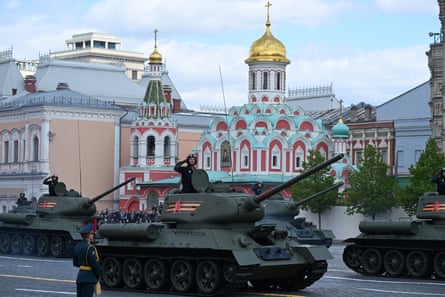
Over his two-and-a-half decades in power, Victory Day has emerged as the centrepiece of Putin’s vision of Russian identity. But since the start of Russia’s full-scale invasion, the Kremlin’s mass propaganda machine has given it new meaning, with Putin using the celebrations to justify the current war.
Seated not far from Putin were several high-profile veterans of the war in Ukraine, while Russian media reported that more than 1,500 troops who took part in the invasion participated in the march.
Putin has weaponised the legacy of the second world war to mobilise support for his invasion, falsely portraying Zelenskyy, who is Jewish, as a leader resurrecting Nazism in Ukraine.
Andrei Kolesnikov, a Moscow-based political analyst, said: “Victory Day is by far the most important celebration for Putin – it’s an ideological event designed to rally the nation around him. The central message to the public is that the current ‘special military operation’ is a logical continuation of the Great Patriotic War.”
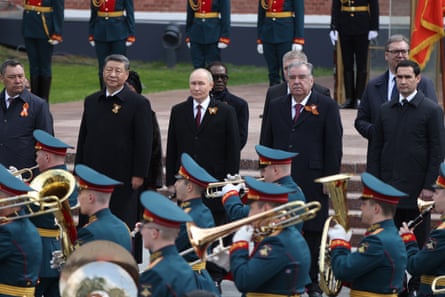
In a speech a day earlier, Zelenskyy condemned what he called Russia’s attempt to “appropriate Ukraine and distort history”, accusing the Kremlin of twisting the legacy of the second world war for propaganda purposes.
“Tomorrow, the organiser of the mass graves in Bucha will speak of Nazi atrocities. The architects of the Mariupol siege will invoke the siege of Leningrad. It will be a parade of cynicism, bile, and lies,” Zelenskyy said.
Despite the show of might on Red Square on Friday, there was widespread nervousness among Moscow’s political elite before the celebrations.
At the end of April, Putin announced a three-day unilateral ceasefire in Ukraine, starting on 8 May to coincide with the commemorations. Zelenskyy dismissed the offer as self-serving and meaningless unless it was extended to 30 days, in line with a US-backed proposal that Putin has so far rejected.
In the lead-up to Victory Day, Ukraine significantly increased its drone attacks on Moscow and surrounding regions, causing airport closures, disruptions and logistical chaos.
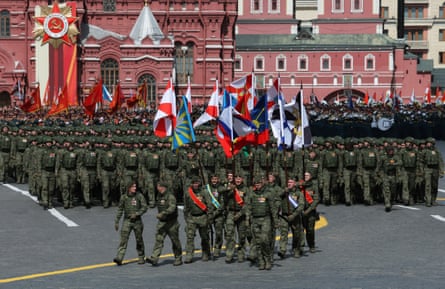
Zelenskyy also warned that Ukraine would provide no security guarantees to foreign guests attending the parade in Moscow. As many observers had predicted, Kyiv appeared to refrain from targeting Moscow on the day of the parade, probably due to the presence of high-profile international dignitaries.
Still, fighting continued near the frontlines, with Moscow accusing Ukrainian forces of attempting to breach the border in Russia’s Kursk and Belgorod regions.
This year’s parade comes at what many see as a crossroads moment for Moscow, as the Trump administration steps up its efforts to persuade Putin to end the war. There appears to be a growing recognition in the White House that the Kremlin is not ready to back down from its maximalist demands, including territorial claims over parts of Ukraine it does not control.
The US vice-president, JD Vance, echoed that frustration earlier this week, saying Russia was asking for “too much” in the talks, in the latest sign of Washington’s impatience with the negotiations.
Britain, France and a group of north European nations met in Oslo to discuss a route to a lasting peace in Ukraine. The Norwegian prime minister, Jonas Gahr Støre, said that during a dinner on Thursday the leaders had phone contact with Trump and Zelenskyy, and were pushing for a full ceasefire. “That needs to be monitored and respected before you can move into the negotiations on the big issues to reach a lasting peace,” he said.
Kolesnikov said Putin appeared undecided about whether to enter into serious negotiations or continue the war in Ukraine, where Russian forces are making slow, grinding progress at a high human cost. “For now, he is stalling for time,” he said.

 9 hours ago
6
9 hours ago
6
